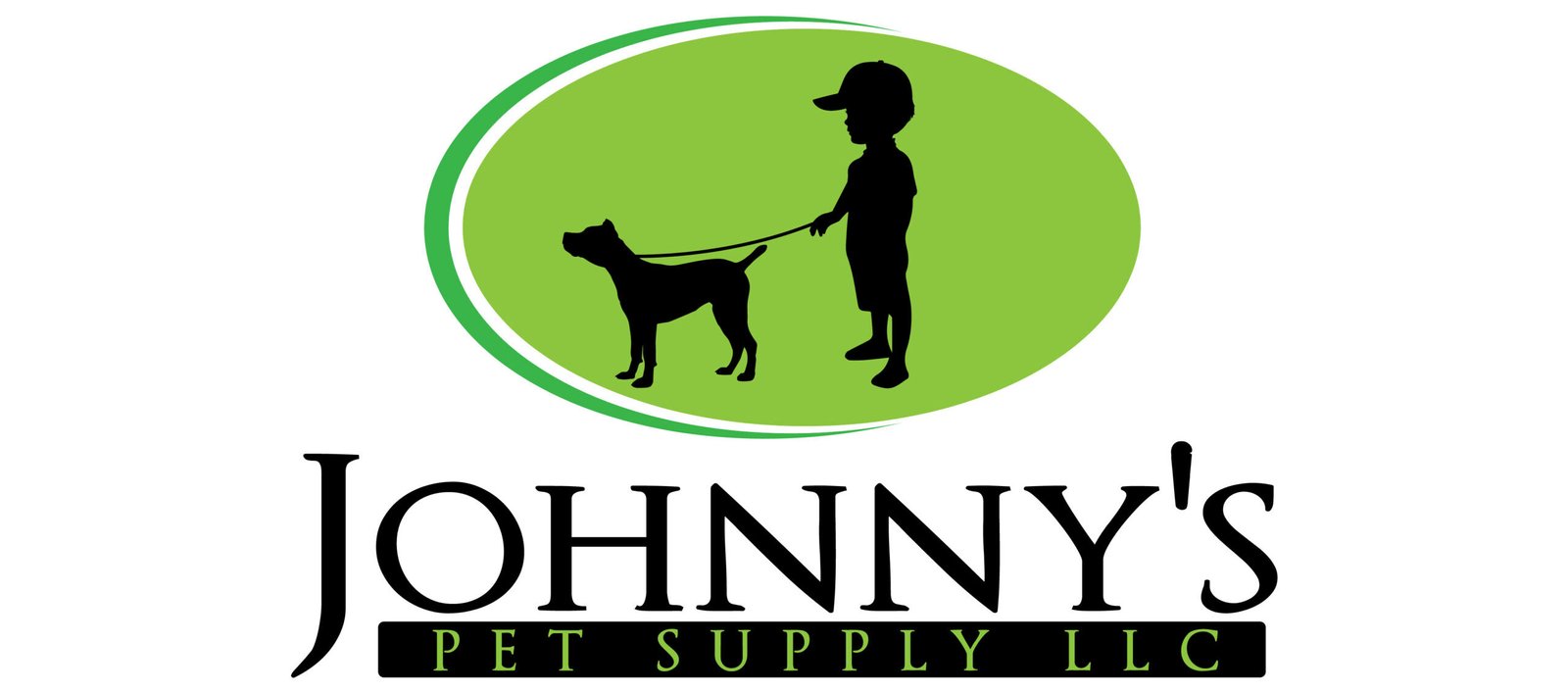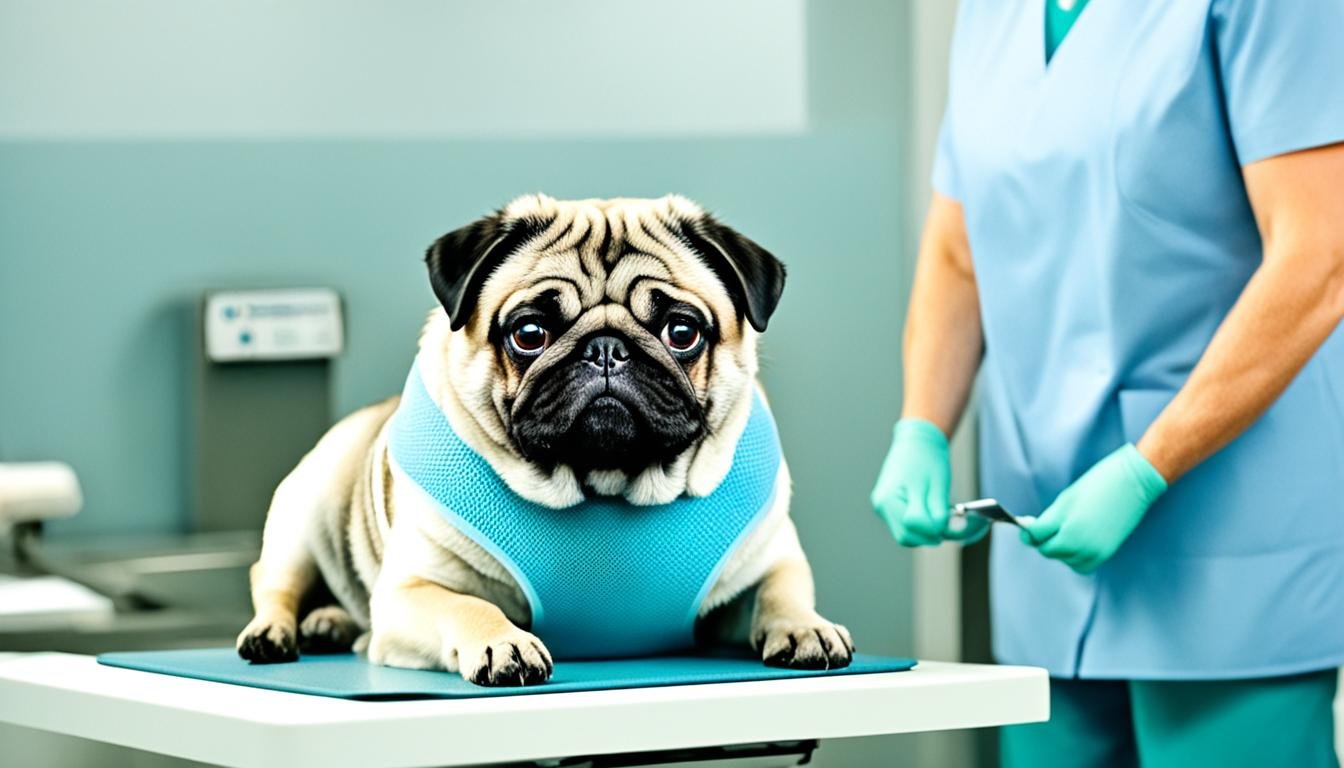What Not To Do When You Monitor a Pug’s Health
Pugs are undeniably adorable, but their unique physical traits come with a host of pug health concerns. As a responsible pug owner, it is crucial to be aware of the pug breed risks and take proactive steps to ensure your furry friend’s wellbeing. Conditions such as Brachycephalic Obstructive Airway Syndrome (BOAS), eye ulcers, and hip dysplasia are common issues that require vigilant monitoring. Your attentiveness to symptoms like breathing difficulties, eye redness, or limping can make a significant difference. Always remember, early recognition and treatment are key factors in promoting your pug’s health.
Keeping a close eye on your pug and maintaining a healthy weight with moderate exercise can prevent many pug breed risks. By taking these steps, you’re embracing responsible pug ownership and offering your beloved pet a happier, healthier life.
Avoid Ignoring Breathing Issues in Pugs
Pugs are endearing companions but are prone to specific health challenges due to their unique anatomy. One of the most critical concerns is pug breathing issues, often linked to Brachycephalic Obstructive Airway Syndrome (BOAS). BOAS affects pugs with narrow nostrils, an elongated soft palate, and occasionally a narrow windpipe. These conditions impede normal breathing, especially during hotter months or physical activities.

Identifying symptoms early is vital. Look out for labored breathing, frequent pauses during exercises, loud breathing noises, or blue gums, indicative of diminished oxygen levels. These signs necessitate immediate veterinary intervention as timely treatment can drastically enhance your pug’s quality of life.
Mistaking these indicators for inherent pug behavior is a common pug health monitoring mistake that can lead to severe complications. Apart from BOAS, pugs may also suffer from respiratory ailments stemming from allergies or environmental factors. Consulting with a vet can help you acquire an accurate diagnosis and effective treatment plan, ensuring your pug’s comfort and health are always prioritized. Ignoring these issues is not an option if you aim to provide the best care for your beloved pet.
Don’t Overlook Eye Health in Pugs
Pugs, with their adorable, prominent eyes, are unfortunately prone to a range of eye conditions. Ensuring proper pug eye health is essential to avoid common issues like dry eyes, infections, ulcers, and inherited conditions such as entropion. It’s important to be vigilant and watch for symptoms including a red cornea, excessive tearing, or any signs of distress. Immediate veterinary consultation can often lead to effective treatment, especially if initiated early, preventing further pain, discomfort, or potential blindness.

Regular checks are an integral part of pug-specific preventative care. Keeping the facial folds clean can prevent infections and addressing potential allergies that may manifest around the eyes ensures your pug remains comfortable and healthy. Monitoring your pug’s eyes closely and providing timely care when issues arise are key actions that every pug owner should adopt. By doing so, you can significantly contribute to the overall pug eye health and well-being of your furry friend.
Refrain from Neglecting Pug-Specific Preventative Care
Pug preventative care should be an essential part of your routine to ensure your beloved pet remains healthy and happy. Regular veterinary check-ups are a cornerstone of this care, allowing you to monitor and address any potential health issues before they escalate. By maintaining open communication with your veterinarian, you can stay informed about specific pug health concerns like hemivertebrae, hip and elbow dysplasia, and Legg-Calve-Perthes Disease.
Nutrition and exercise are crucial in pug obesity prevention. An appropriate diet not only supports overall health but also helps in managing weight, which is particularly important for pugs to avoid joint stress and other obesity-related issues. Incorporating regular activities that meet your pug exercise needs can keep them fit and reduce the risk of obesity, thereby prolonging their lifespan and enhancing their quality of life.
Paying close attention to grooming and allergies is another vital aspect of pug preventative care. Skin and eye conditions are common in pugs, and proper grooming routines, including regular cleaning and moisturizing, can prevent many of these issues. Understanding potential allergens and implementing appropriate pug grooming tips can help manage allergies effectively, ensuring your pug doesn’t suffer from unnecessary discomfort.
By taking a proactive approach to pug preventative care, including staying vigilant about potential health threats like phosphorus deficiency and bloat (Gastric dilatation-volvulus), you can significantly impact your pug’s well-being. Educate yourself on the symptoms of various conditions and remain dedicated to providing the best care possible, thus offering your pug the opportunity to lead a full, joyous life.

